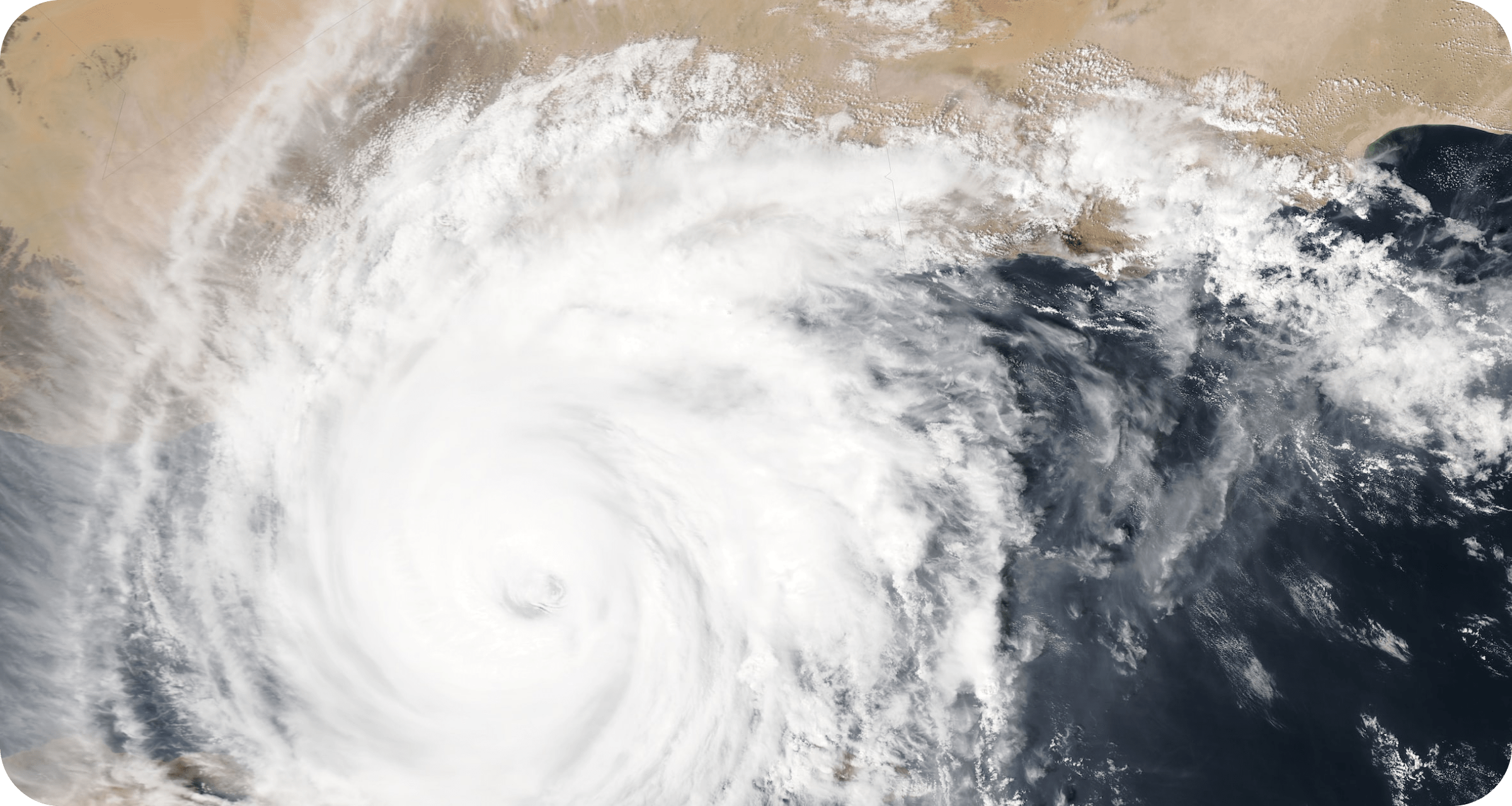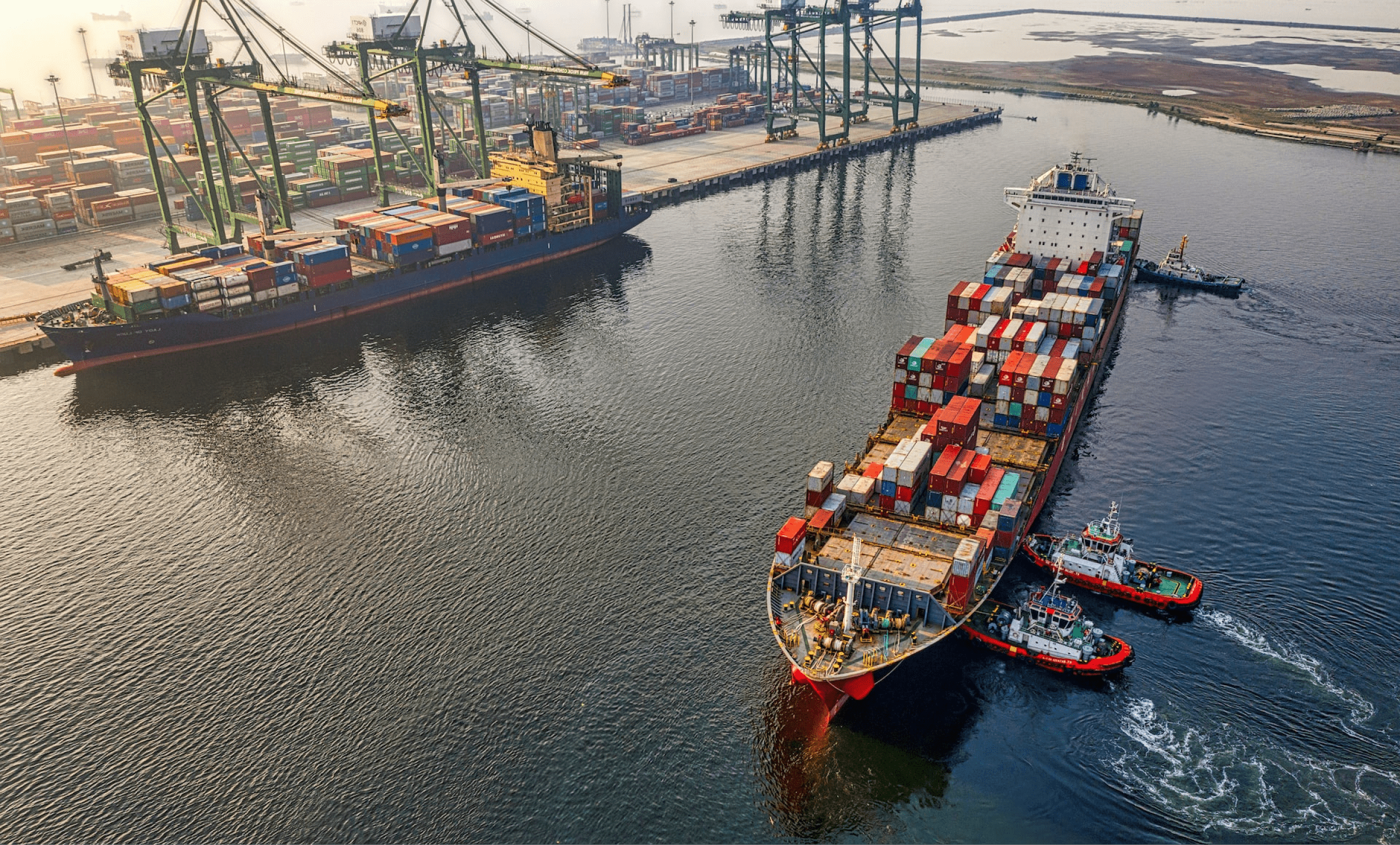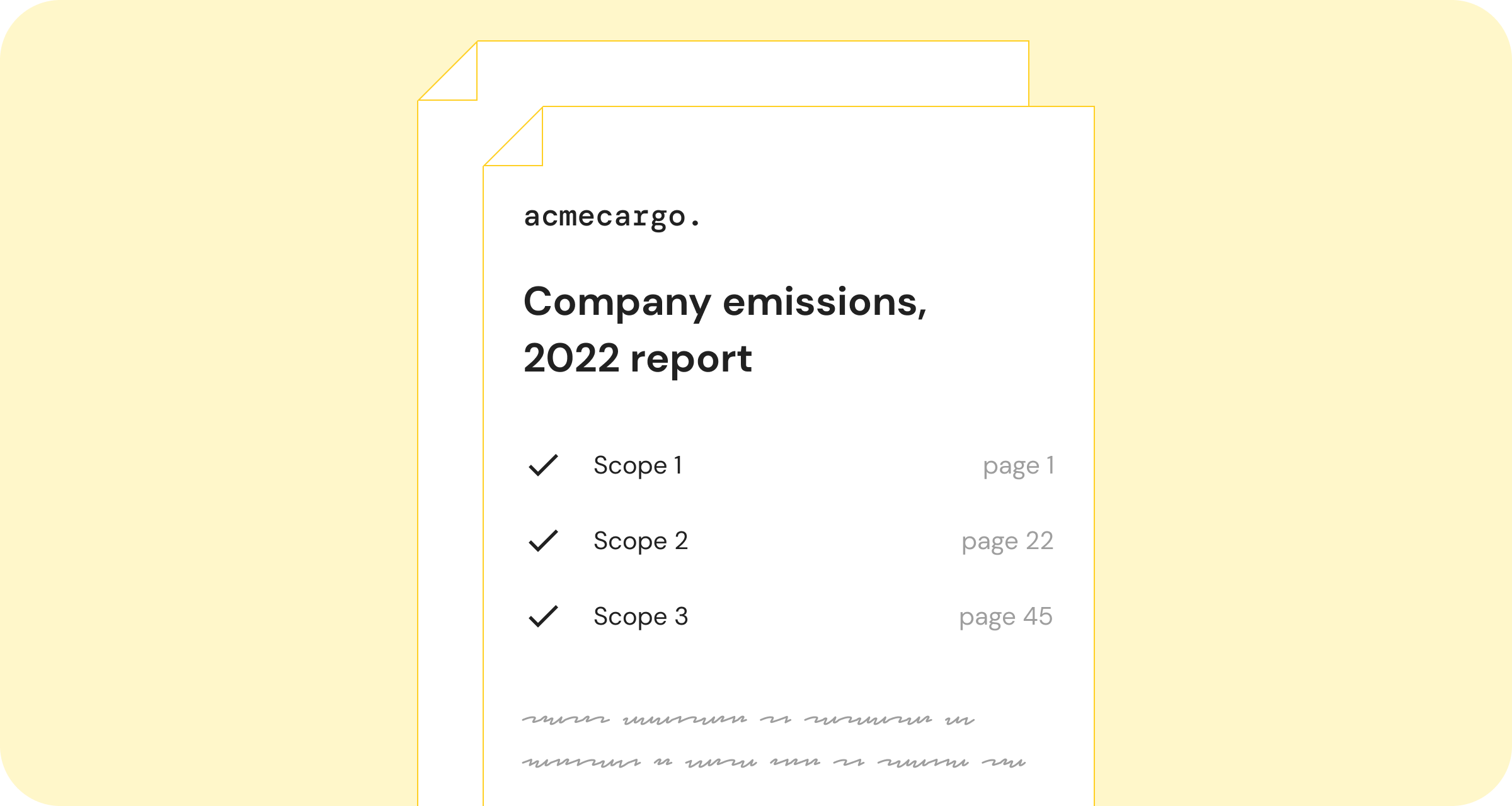

What is the climate risk to ports?
Until now, it’s never been quantified.
The increasing regularity of extreme weather events (caused by climate change) is already causing havoc at ports across the world – as we saw in 2022. Chinese ports were forced to close twice in 10 days due to Typhoon Muifa and South Africa’s key port, Durban, was shut down due to flooding, amongst other examples.
Given that 90% of the world’s freight moves by ship and that ports are naturally located in hazard-prone, exposed coastal areas, the massive risk that this poses is clear – for the logistics industry and for the entire global economy.
But, it’s never been possible to quantify exactly what that risk is.
Now, a group of researchers at Oxford University’s Environmental Change Institute, led by Jasper Verschuur, have published a paper which does exactly that.
The researchers analysed the climate risks for the 1,340 biggest ports in the world and found that:
- 86% of the ports are exposed to major climate risk due to extreme weather events
- The climate risk identified totals $7.6 billion per year for the ports themselves – mostly due to tropical cyclones and river flooding causing physical damage to the infrastructure of the ports
- On top of this, $63 billion worth of trade is at risk every year due to the damage at ports – which causes downtime, delays, and damages across the supply chain.
Read the paper in full
What does this mean for businesses?
Well, the main action is that every business should already be including climate risks in their risk management processes.
Any business that relies on goods moving from A to B will be impacted by the climate risks to ports that this research paper highlights – delays to the transport of materials, products, or customer deliveries due to extreme weather are inevitable.
For more information on climate risk, head to our previous article: 3 reasons that the biggest business risk we face is now climate change, or for support building the business case for bringing a sustainable logistics solution into your logistics company, download our free pitch deck template.

Readers also liked
Readers also liked

Subscribe for emissions intelligence insights
Get the latest updates in the world of carbon tracking, accounting, reporting, and offsetting direct to your inbox.


